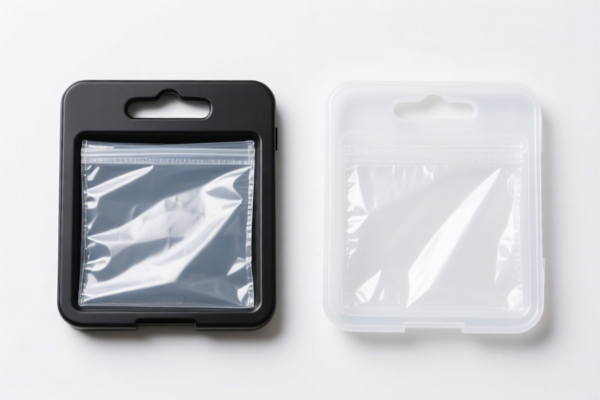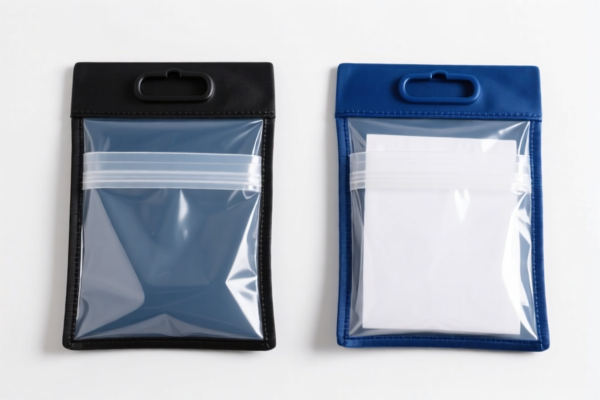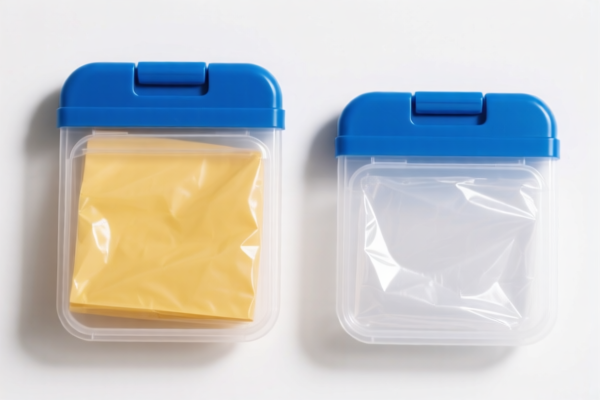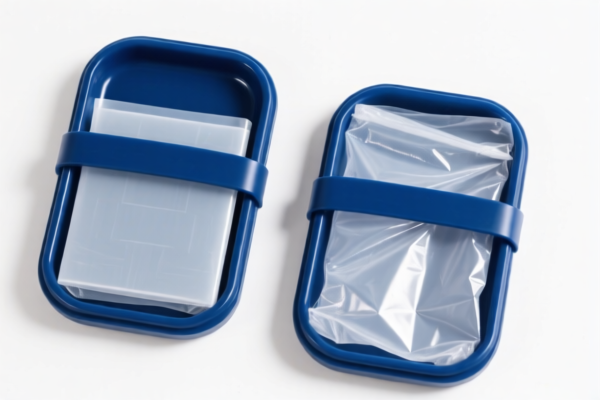| HS Code | Official Doc | Tariff Rate | Origin | Destination | Effective Date |
|---|---|---|---|---|---|
| 8536908530 | Doc | 55.0% | CN | US | 2025-05-12 |
| 8537109170 | Doc | 57.7% | CN | US | 2025-05-12 |
| 8537109160 | Doc | 57.7% | CN | US | 2025-05-12 |
| 8535904000 | Doc | 57.7% | CN | US | 2025-05-12 |
| 8535908020 | Doc | 57.7% | CN | US | 2025-05-12 |
| 8538100000 | Doc | 80.0% | CN | US | 2025-05-12 |
| 8538906000 | Doc | 58.5% | CN | US | 2025-05-12 |
| 8487900080 | Doc | 83.9% | CN | US | 2025-05-12 |
| 8487900040 | Doc | 58.9% | CN | US | 2025-05-12 |
| 3926909987 | Doc | 42.8% | CN | US | 2025-05-12 |
| 3926903000 | Doc | 59.2% | CN | US | 2025-05-12 |
| 3925900000 | Doc | 60.3% | CN | US | 2025-05-12 |




Wiring Box
A wiring box, also known as a junction box, is an enclosure for electrical connections, typically made of metal or plastic. Its primary function is to protect and contain electrical connections, preventing exposure to damage, dust, and moisture, and to provide a safe environment for electrical wiring.
Material:
- Metal: Commonly steel, aluminum, or stainless steel. Metal boxes offer greater durability and are often required in applications where physical protection is critical. They must be properly grounded.
- Plastic: Typically made of PVC, polycarbonate, or other non-conductive materials. Plastic boxes are lighter, easier to install, and resistant to corrosion, making them suitable for damp locations.
Purpose:
- Connection Point: Serves as a central point for joining or splitting electrical wires.
- Protection: Shields connections from physical impact, environmental factors, and accidental contact.
- Safety: Contains potential hazards like loose wires and sparks, reducing the risk of electrical shock and fire.
- Code Compliance: Required by electrical codes to ensure safe and standardized wiring practices.
Function:
- Wire Management: Provides a structured space to organize and connect wires.
- Strain Relief: Supports wires to prevent stress on connections.
- Accessibility: Allows for easy access for inspection, maintenance, and future modifications.
- Grounding: Metal boxes provide a grounding point for electrical systems.
Usage Scenarios:
- Residential Wiring: Used for lighting fixtures, switches, outlets, and other electrical components.
- Commercial Buildings: Employed in complex electrical systems for powering equipment, lighting, and HVAC systems.
- Industrial Applications: Utilized in harsh environments to protect wiring for machinery, control panels, and power distribution.
- Outdoor Installations: Weatherproof boxes are used for outdoor lighting, pumps, and other exterior electrical devices.
Common Types:
- Surface-Mount Boxes: Mounted directly onto a wall or ceiling.
- Recessed Boxes: Installed within a wall or ceiling, creating a flush finish. Often called “pancake boxes”.
- Octagonal Boxes: Commonly used for ceiling fan installations.
- Round Boxes: Suitable for various applications, often used for lighting fixtures.
- PVC Boxes: Used in damp or corrosive environments.
- Metallic Boxes: Available in various sizes and configurations for different applications.
- Weatherproof Boxes: Designed for outdoor use, providing protection from rain, snow, and dust.
- Deep Boxes: Provide more space for larger wire bundles or devices.
- New Work Boxes: Designed for installation during new construction, before walls are finished.
- Old Work Boxes: Designed for installation in existing walls, typically with clamps or brackets.
Based on the provided information, “wiring box” can be classified under several HS codes, depending on its specific characteristics and voltage rating. Here's a detailed breakdown:
-
8536908530: This code covers electrical apparatus for switching or protecting electrical circuits, or for making connections to or in electrical circuits (for example, switches, relays, fuses, surge suppressors, plugs, sockets, lamp-holders and other connectors, junction boxes), for a voltage not exceeding 1,000 V. Specifically, it includes “Other apparatus: Other Junction boxes”. This is a likely candidate if the wiring box functions as a junction box and is rated for 1,000 V or less.
- 85: Electrical machinery and equipment and parts thereof.
- 36: Switchgear, relays, fuses, circuit breakers and other switchgear apparatus.
- 90: Other electrical apparatus.
- 8530: Other apparatus.
-
3926909987: This code covers other articles of plastics and articles of other materials of headings 3901 to 3914, specifically “Other: Other Rigid tubes or pipes suitable for use as electrical conduit”. If the wiring box is made of plastic and functions as an electrical conduit, this code may be applicable.
- 39: Plastics and articles thereof.
- 26: Plastics and articles thereof.
- 90: Other articles.
- 99: Other.
- 87: Rigid tubes or pipes suitable for use as electrical conduit.
-
3925900000: This code covers builders' ware of plastics, not elsewhere specified or included: Other. If the wiring box is made of plastic and is considered builders' ware, this code could be relevant.
- 39: Plastics and articles thereof.
- 25: Plastics and articles thereof.
- 90: Other.
- 00: Other.
-
8537109170: This code covers boards, panels, consoles, desks, cabinets and other bases, equipped with two or more apparatus of heading 8535 or 8536, for electric control or the distribution of electricity, including those incorporating instruments or apparatus of chapter 90, and numerical control apparatus, other than switching apparatus of heading 8517: For a voltage not exceeding 1,000 V: Other: Other Other. This applies if the wiring box is part of a larger control panel or distribution system.
- 85: Electrical machinery and equipment and parts thereof.
- 37: Boards, panels, consoles, desks, cabinets and other bases.
- 10: For a voltage not exceeding 1,000 V.
- 91: Other.
- 70: Other Other.
According to the provided reference material, the HS code options related to 'wiring box' are limited, with only the following 4 found.
Please note that the final HS code determination depends on the specific materials, construction, and intended use of the wiring box. It is recommended to consult with a customs broker or relevant authority for accurate classification.
Customer Reviews
No reviews yet.